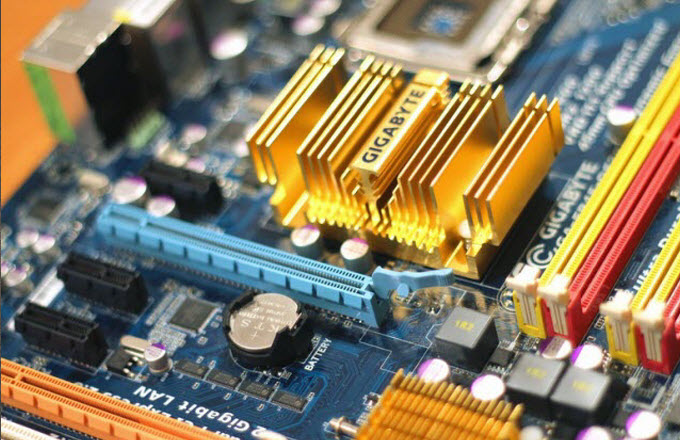LPDDR4 is still relatively new to the market, but we’ve already seen its clock speeds sprint ahead of older LPDDR3 hardware. Samsung has just announced its new 12Gb LPDDR4 modules.
PC DDR4, in contrast, has a much wider bandwidth pipe and lower clock speeds, but also depends less on RAM bandwidth than their mobile counterparts. Mobile processors always use integrated graphics and typically have much smaller CPU caches than desktop or laptop chips, which puts correspondingly greater pressure on mobile memory bandwidth. PC DDR4 speeds are expected to creep upwards over the next few years to at least DDR4-3200, while LPDDR4 was originally expected to peak at 4266MHz. This could be extended 1-2 speed grades, given that Samsung is already launching 20nm memory at this clock speed.
The other advantage of these new 20nm chips is that they’ve doubled the density of previous modules. 3GB DRAM can now be stacked in two chips, while 6GB of DRAM can be stacked in four. That’s a significant improvement compared to earlier, 8Gb LPDDR4 ICs, and these new 12Gb chips are clocked higher as well. In theory, this clears the way for smartphones with up to 6GB of RAM, though it’s not clear if companies will immediately move to take advantage of the capability.
Unfortunately, if I had to bet, I’d bet they will. Adding RAM to a smartphone can theoretically buffer the device against memory leaks and bugs, like those that affected Lollipop earlier this year. It makes for great spec sheets, and it allows companies to claim to be pushing the envelope forward on technology. The downside to adding more RAM to a smartphone is that it’ll also chew through power budgets. I had hoped, somewhat foolishly, that once smartphone screens hit resolutions with pixel densities that made them “Retina” class to any human being on the planet, marketing departments would ease off the pixel density and build hardware that excelled in different areas. Sadly, this has not proven true.
6GB phones and 4K screens will neatly soak up every battery life improvement that manufacturers can offer — and since phone batteries have actually been getting smaller in recent years, the end result will not be kind to your high-end device’s ability to make it through a day of use. On the other hand, midrange and lower-end devices, which tend to have more modest spec sheets, might see some net improvements.

























